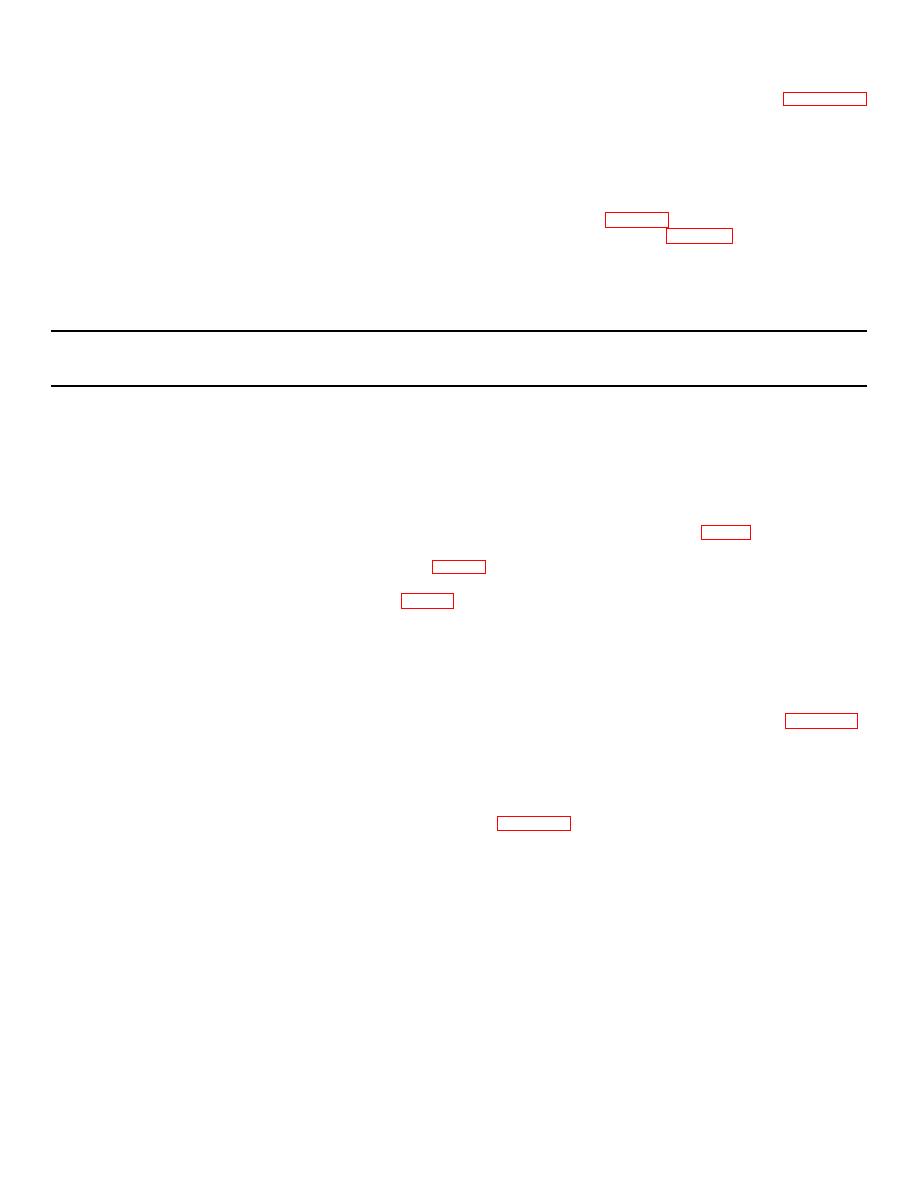
TM 9-2590-209-14&P
the number of symptoms of troubles that can be
4-102. Troubleshooting Malfunctions.
evaluated, and the more detailed the knowledge of the
does not list malfunctions for which corrective action is
conditions under which they occurred, the easier it will be
beyond the scope of organizational maintenance. Notify
to isolate the defect.
supporting maintenance personnel for malfunctions not
listed.
c. The troubleshooting information contained in
this section parallels the concept of maintenance and the
4-103. Schematic Diagram. Schematic diagrams and
level of responsibility prescribed in the maintenance
locational views (fig 4-31) are provided as supporting
allocation chart.
aids to the troubleshooting (table 4-2).
Table 4-2. Troubleshooting
MALFUNCTION
TEST OR OPERATION
CORRECTIVE ACTION
1.
BLADE ASSEMBLY FAILS TO MAINTAIN DESIRED HOLD POSITION AND RESPONDS SLUGGISHLY TO
CONTROL WHEN BEING RAISED OR LOWERED.
Step 1.
Raise and lower blade assembly several times to purge system of air, then check oil level.
a.
If oil level is correct, proceed to step 2.
b.
If oil level is below ADD mark, refill reservoir to FULL mark on reservoir dipstick (fig 3-1).
Step 2.
Check if oil reservoir filters are clogged (fig 4-1).
a.
If filters are clogged, service filters (fig 4-1).
b.
If filters are not clogged, proceed to step 3.
Step 3.
Check hydraulic lines and fittings for leaks, punctures, or metal tubing damaged to the point that oil flow
is restricted.
a.
If damaged or leaking, replace punctured flexible hoses and damaged metal tubing or fittings (para 4-29).
b.
If not damaged or leaking, proceed to step 4.
Step 4.
Inspect hydraulic cylinder for leaks or damage.
a.
If leaking or damaged, replace hydraulic cylinder (para 4-33).
b.
If not leaking or damaged, proceed to step 5.
4-67

